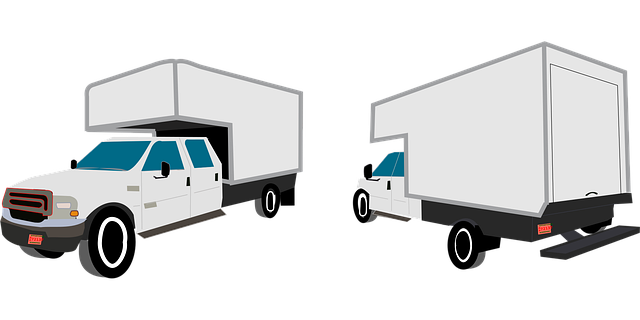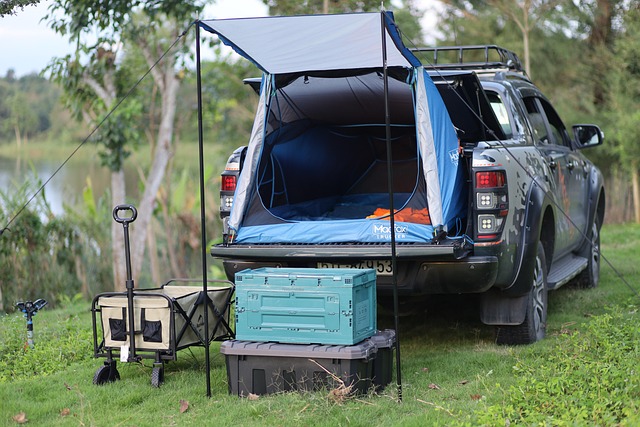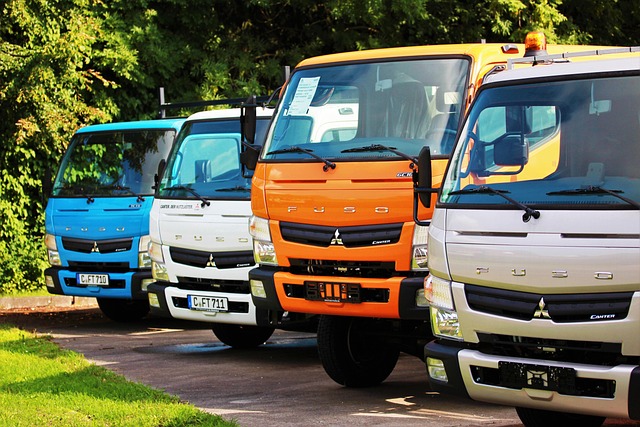“Uncertain about registering your car in California? This comprehensive guide breaks down the process, ensuring a smooth experience. From understanding the requirements to gathering essential documents and leveraging a DMV VIN verifier for vehicle identification, we’ve got you covered. We’ll walk you through each step of registration and highlight post-registration tasks. Get ready to navigate California’s car registration landscape with confidence.”
- Understanding the California Car Registration Process
- Gather Required Documents for Car Registration
- How to Use a DMV VIN Verifier in California
- Step-by-Step Guide to Registering Your Vehicle
- Post-Registration: Important Things to Remember in CA
Understanding the California Car Registration Process

Understanding the California Car Registration Process
Registering a car in California involves several steps and documents. It begins with ensuring your vehicle is compliant with state laws, which includes passing a safety inspection and emissions test where required. One crucial tool that aids in this process is a DMV (Department of Motor Vehicles) VIN (Vehicle Identification Number) verifier. This service allows you to confirm your car’s history and ensure it meets all necessary standards before proceeding with registration.
A mobile VIN verifier offers added convenience, enabling inspections on-site at your convenience. Alternatively, a standard vin inspection can be conducted at a certified facility. Once your vehicle passes these checks, you’ll need to gather essential documents like the title, proof of insurance, and identification. The DMV will then issue a registration certificate, updating your car’s official records in California.
Gather Required Documents for Car Registration

To register your car in California, you’ll first need to gather a few essential documents and complete some necessary steps. One crucial step is verifying the vehicle’s identification number (VIN) through a process known as mobile VIN inspection or mobile VIN verification using trusted tools like a DMV VIN verifier. This involves checking the VIN on critical components of your vehicle, ensuring they match the information on record.
Make sure to have your registration application, proof of insurance, car title, and a valid driver’s license ready. Additionally, you may require documents specific to certain circumstances, such as proof of ownership if buying from an individual or documentation related to any modifications made to your vehicle. Having these prepared will streamline the registration process at the California Department of Motor Vehicles (DMV).
How to Use a DMV VIN Verifier in California

In California, using a DMV VIN Verifier is a straightforward process that allows you to ensure the vehicle’s history and authenticity before registering it. The first step is to access the official DMV website, where they offer a dedicated VIN Verifier tool. You’ll need your unique Vehicle Identification Number (VIN) from the car you intend to register. Enter this 17-character code into the online form, and within moments, you’ll receive detailed information about the vehicle’s past, including its ownership history, accident records, and any reported thefts or defects.
For added convenience, many mobile vin verifiers are available as apps or services that provide similar real-time checks. These mobile vin verification tools offer the same level of scrutiny, often with additional benefits like instant reports, easy-to-read data, and sometimes even historical vehicle images. This modern approach to vin inspection ensures a swift and efficient process for California residents looking to register their new or used vehicles.
Step-by-Step Guide to Registering Your Vehicle

Registering a car in California involves several steps, but with proper preparation, it can be a straightforward process. Begin by gathering all necessary documents, including your vehicle’s registration certificate from the previous state, proof of insurance, and a valid driver’s license. Next, visit the California Department of Motor Vehicles (DMV) website to determine if your vehicle qualifies for registration and to check for any fees or requirements specific to your vehicle type.
Once you’ve confirmed your vehicle’s eligibility, schedule an appointment at a local DMV office. During your visit, bring along your completed application form, which can be found on the DMV website, along with all required documents. A staff member will verify your information using the Vehicle Identification Number (VIN) and conduct a thorough inspection, including checking the vehicle’s history and ensuring it meets safety standards. After successful verification, you’ll receive your California vehicle registration and license plate, marking the completion of the registration process. Utilize a mobile VIN verifier or a vin inspection service for convenience and peace of mind during this critical step.
Post-Registration: Important Things to Remember in CA

After successfully registering your vehicle with the California DMV, there are a few key things to keep in mind for a smooth ownership experience. One important step is to ensure that any subsequent transactions or transfers of ownership are properly documented and completed through the DMV. This includes selling your car or transferring it to a new owner. Remember, it’s crucial to update the registration and title records promptly to avoid any legal complications.
Additionally, for added peace of mind, consider utilizing a mobile VIN inspection or mobile vin verification service to cross-reference your vehicle’s information. By checking the Vehicle Identification Number (VIN) against reputable databases, you can verify crucial details such as the car’s history, previous owners, and any potential issues. This simple step is a vin inspection that can help protect your investment and ensure you’re fully aware of your vehicle’s condition and background.
Registering a car in California involves understanding the state’s process, gathering essential documents, and ensuring compliance. Utilizing the DMV’s VIN verifier streamlines the initial steps, making it easier for vehicle owners to navigate. By following a clear guide and remembering post-registration tasks, you can successfully complete the registration process in CA. Remember, keeping your vehicle’s documentation up-to-date is crucial for a smooth driving experience.
